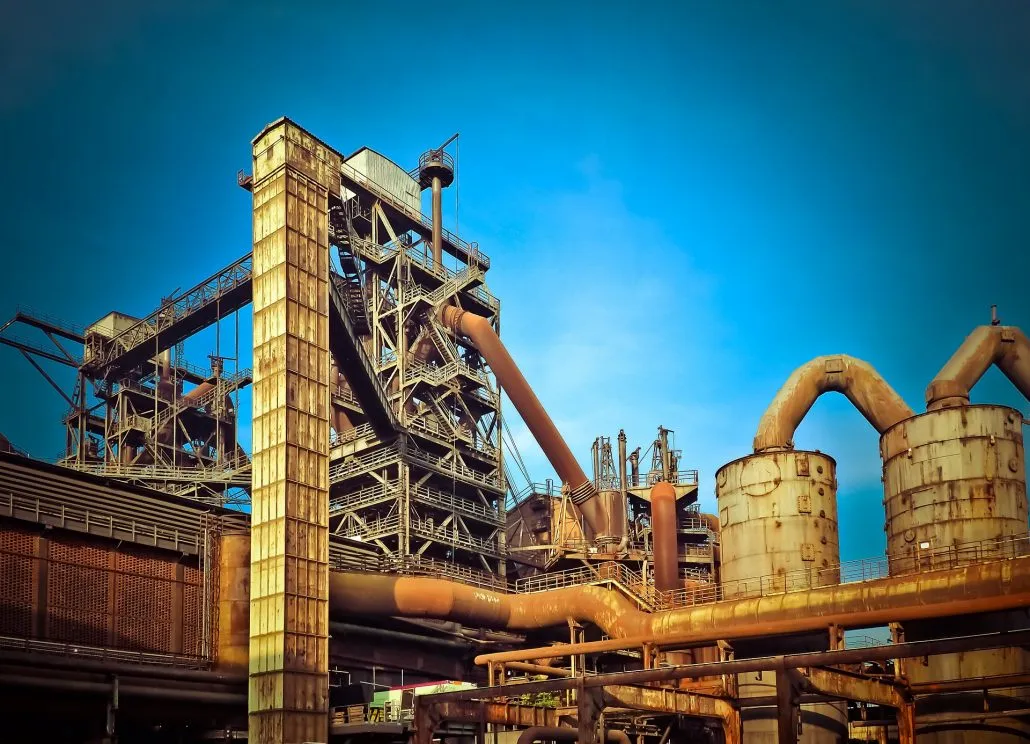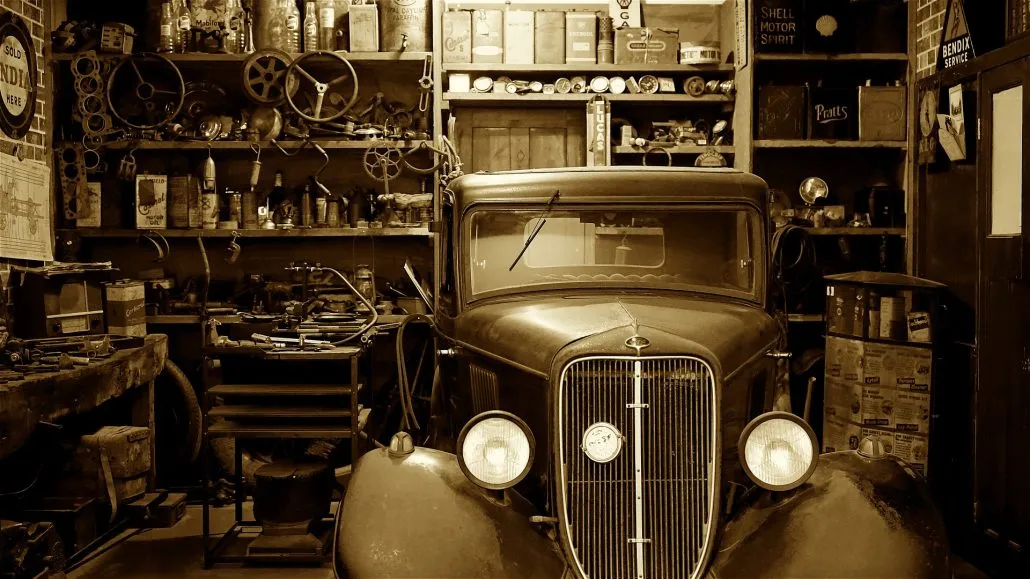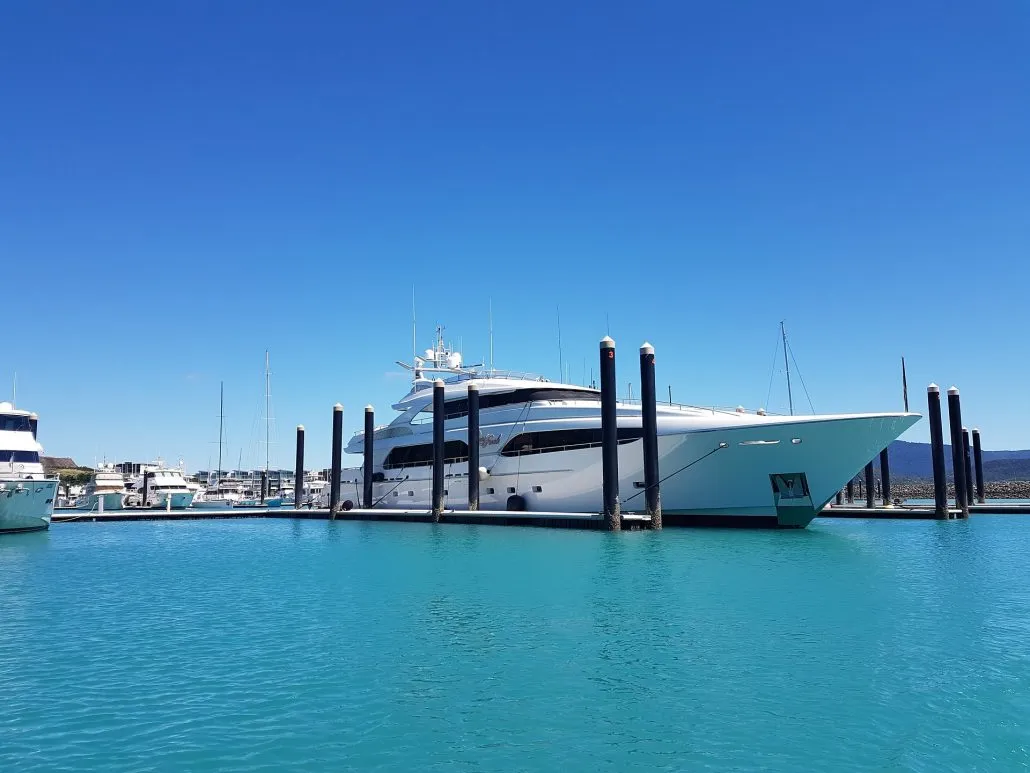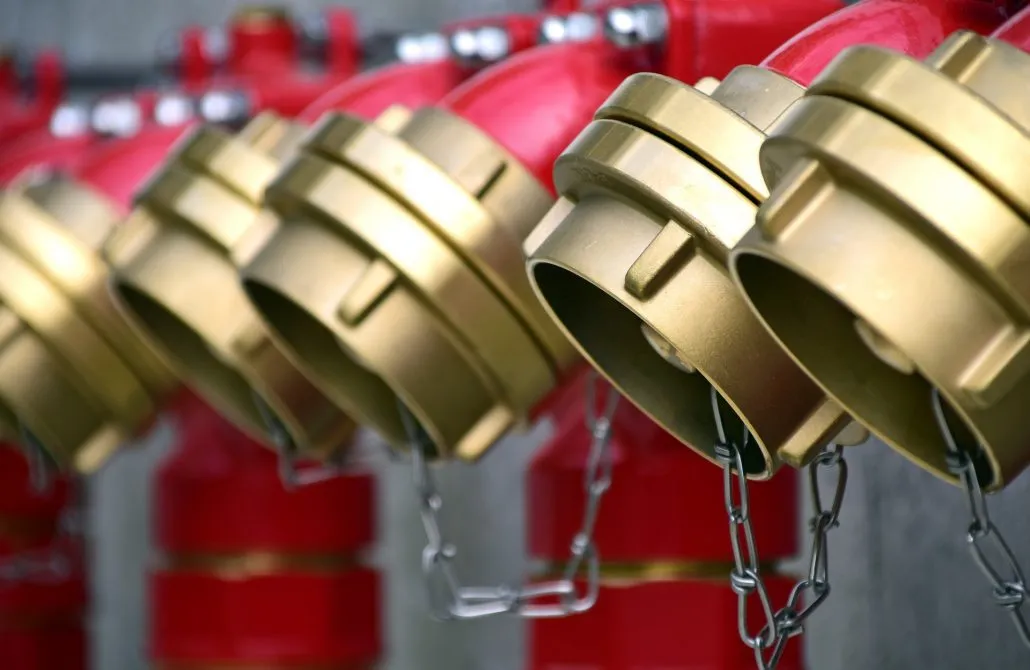In every sector of the world, transportation and delivery are indispensable requirements. Therefore, transportation equipment is necessary, starting from transporting fluid to various construction materials. Different types of hoses play an essential role in distributing these materials. Industrial, automotive, marine, and fire protection are some of the most popular applications of hoses.
A hose is a flexible tube made of different materials, such as rubber, plastics, or other materials. It conveys different types of fluids from one place to another. Depending on the specific applications, different types of hoses may vary in size, length, and shape. However, there are many types of hoses available in the world. Each style is ideal for different tasks. This unique feature depends on the kind of use and the product being transported.
Hoses are crucial not only for fluid transportation but also for safety reasons. Fire hoses are one of the famous examples. However, fire hoses prevent the spread of flames and smoke. It is also prevalent in emergencies like floods or other natural disasters. Keeping this importance in mind, we have prepared this article for our readers. This article will highlight all the popular types of hoses available in most sectors. Each of their types will describe its unique application separately.
Different Types of Hoses and Their Uses
Different types of hoses may vary in size, length, and shape based on various applications. We have categorized Rentonehoses into six primary categories. However, each of these categories includes multiple subcategories. We will discuss them one by one in the later sections.
- Industrial Hoses
- Automotive Hoses
- Hoses for Medical applications
- Marine hoses
- Fire Hoses
- Others
Industrial Hoses
Industrial hoses are specially designed for industrial uses. It transports various fluids, gases, and solids. The designs of these hoses can withstand multiple pressures, temperatures, and environmental conditions. However, we can again classify industrial hoses into five subgroups. The following five different types of hoses are trendy for industrial uses.

Hydraulic and Pneumatic Hoses
Hydraulic and pneumatic hoses are a type of flexible tubing that transmits fluids and gases to different machinery. These types of hose designs are ideal for high-pressure and temperature applications.
Application: Hydraulic and pneumatic hoses are popular in many industrial applications. Industrial machinery, construction equipment, and agricultural machinery require high-quality hydraulic hoses.
High-pressure Hoses
These types of hoses are highly suitable for high-pressure applications. High-pressure hoses can handle pressures ranging from 10,00 psi to 60,000 psi. The materials used for these hoses can be synthetic rubbers, thermoplastic materials, or metals.
Application: High-pressure hoses are prevalent in hydraulic systems, manufacturing, aerospace, and pressure testing.
Chemical Hoses
These hoses transport various chemicals, including acids, alkalis, solvents, and other corrosive materials. Teflon, synthetic rubbers, or PVCs are the primary materials for these hoses. Chemical hoses are capable of withstanding highly corrosive chemicals. As a result, these types of hoses come with special certificates of corrosion guarantee.
Application: Chemical hoses are widely popular for transporting chemicals. However, it is also prevalent in pharmaceuticals, food and beverage, and water treatment.
Food and Beverage Hose
These types of hoses come with food-grade certifications. Food and beverage hoses safely and hygienically transport food and beverage products. Food-grade materials such as silicone and synthetic rubbers are ideal for food and beverage hoses.
Application: Dairy processing, beverage production, and food processing are noteworthy examples. Besides, these hoses are also prevalent in water treatment, pharmaceuticals, and medical devices.
Dredge Hose
These types of hoses are specially designed for dredging and excavation activities. These giant hoses transport rocks, gravel, and sand over long distances. The typical materials used for dredge hoses are highly wear-resistant materials. Rubber or polyurethane reinforced with steel wire is most prevalent in this case.
Application: Dredging, mining, construction, and environmental cleanup are noteworthy examples of dredge hoses.
Automotive Hoses
Automotive hoses are specialized hoses to transport fluids and gases through the various systems of a vehicle. We have divided automotive hoses into four subcategories based on the different functions.

Air Conditioning Hoses
These hoses play a crucial role in maintaining the proper functioning of air conditioning systems. It transports refrigerant, the fluid that cools the air in the air conditioning systems. The materials used here are rubber or synthetic materials reinforced with fibers or steel wire.
Application: Automotive air conditioning systems, building HVAC applications, and refrigeration systems are noteworthy.
Fuel Hoses
These specialized hose types transport gasoline or diesel fuel from the fuel tank to the engine. These fuel hoses can withstand the corrosive nature of the vehicle fuel. However, they can also withstand high pressure and temperature involved in the fuel system.
Application: Fuel systems in vehicles, marine, and small engines are the typical applications of these fuel hoses.
Radiator Hoses
These specialized automotive hoses typically transport coolant from the engine to the radiator. Radiators refer to the heat exchangers system that transfers thermal energy from one medium to another. The radiator cools the coolant in the automotive mechanism and sends it back to the engine.
Application: Radiator hoses are also prevalent in vehicle cooling systems and industrial applications.
Hoses for Medical Applications
These types of hoses require high-quality and safety certifications. These hoses are popular in devices of hospitals, clinics, and other medical facilities. Oxygen, vacuum, IV tubing, and suction hoses are prevalent in medical applications.

Oxygen Hoses
These hoses typically transport medical-grade oxygen from the oxygen tank to the patient. The materials used in these hoses are compatible with medical-grade oxygen. It can withstand the high pressure involved in oxygen delivery.
Application: Oxygen therapy, anesthesia, and emergency medical services are noteworthy.
Duct and Vacuum Hoses
These specialized hose types generally transport air, gases, and other materials. However, duct and vacuum hoses are crucial in maintaining a clean and safe environment in medical facilities. These hoses ensure the health and safety of patients, laboratory personnel, and other individuals.
Application: Duct and vacuum hoses are prevalent in a variety of applications. Medical suction, laboratory settings, and environmental control are some noteworthy examples.
Marine Hoses
Marine ships, boats, trawlers, and anything related to the sea or ocean require high-quality marine hoses. They play a crucial role in various maritime applications. However, some applications include oil and gas transfer, chemical transport, and water discharge. There are several types of marine hoses, including the following.

Oil Transfer Hoses
These hoses transport crude oil and petroleum products between tankers and offshore platforms. The materials used for these hoses are typically heavy-duty materials. Rubber or PVC reinforced with multiple layers of high-strength fibers is the favored material for these hoses. However, they can withstand high pressure and abrasion involved in oil transfer.
Application: Loading and unloading of oil and fuel delivery to the engine are typical applications of these hoses.
Exhaust Hoses
These specialized hose types efficiently transport exhaust gases from engines to specific locations. The materials used for these hoses must withstand several factors involved in the systems. In this case, the high temperatures, pressures, and corrosive effects of exhaust gases are critical factors.
Application: In marine applications, hoses transport engine gases to the waterline. However, exhaust hoses are also prevalent in automotive and industrial exhaust systems.
Bilge Hoses
These hose types remove water or other liquids from the bilge area of a boat or other marine vessel. The bilge is the lowest compartment of the hull, where water and other fluids tend to collect. It often happens due to leaks, condensation, or other sources.
Application: Preventing floods, maintaining safety and cleanliness, and protecting equipment are noteworthy.
Fire Hoses
These hoses deliver high-pressure fire-retardant materials for firefighters and emergency responders. Fire hoses are necessary to extinguish fires or contain them until they can be safely extinguished. The typical material used for fire hoses is rubber, polyurethane, or other synthetic materials. There are several types of fire hoses, including:

- Attack hose: Firefighters use these types of hoses to extinguish the fire. Attack hoses are highly maneuverable and flexible with high burst pressure capacity. It is excellently resistant to abrasion and heat.
- Supply hose transports water from a hydrant or other water source to the fire. It comes with a larger diameter than the attack hose. Supply hoses are ideal for handling higher volumes of water with minimal pressure loss.
- Booster hose: These types of hoses typically come with a smaller diameter. It increases the pressure and flow of water from a hydrant or other water source to the fire.
- Forestry hose: These hoses are ideal for fighting wildfires. Forestry hoses are lightweight and highly maneuverable. Forestry hoses are used to combat fires in remote or difficult-to-access areas.
Other hoses
Besides the hoses mentioned above, many are prevalent in various industries. These hoses are designed to meet unique requirements like pressure, temperature, and chemicals. The other types of hoses may include:
- Air hoses used in pneumatic tools and compressed air applications
- Spray hoses used in agriculture for spraying pesticides and herbicides
- Concrete hoses transfer concrete in construction
- Garden hoses are used to irrigate the plants.
- Different types of water hoses for particular applications
- PVC Hoses
Conclusion
So many choices, right? It is time to find the specific hose types you need for your application. You could also consult experts for the right style and size of hoses for particular requirements. In this case, Rentonehose experts are always waiting for your queries. Seashore Rubber keeps an excellent customer service team. Therefore, you can quickly contact them through email, WhatsApp, or WeChat.
On the other hand, choosing the right brand is also necessary for high-quality products. You can quickly determine the best hose manufacturers for your applications by following a few factors. “Top 10 Best Hydraulic Hose Manufacturers Worldwide” can guide you to the manufacturers of hydraulic hoses. You can also learn more about choosing the best manufacturers for your specific application.
